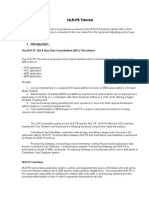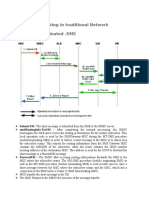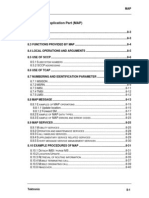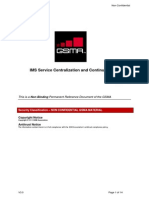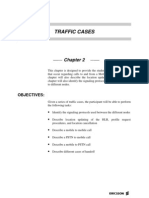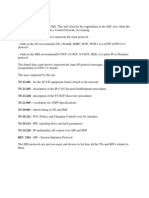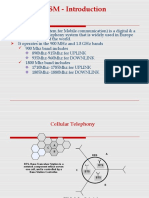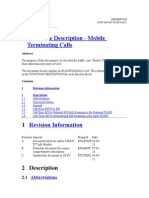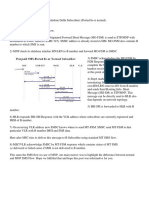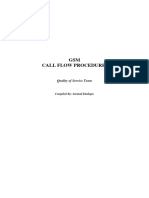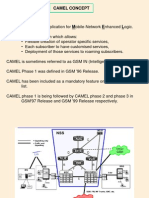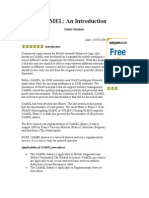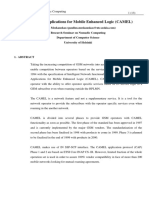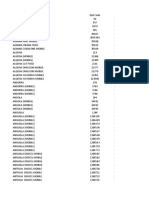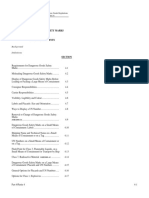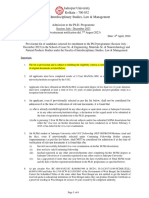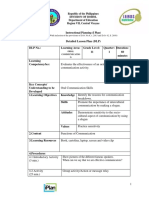0% found this document useful (0 votes)
2K views39 pagesATI Call Flow
CAMEL (Customized Application for Mobile network Enhanced Logic) allows operators to create customized services for subscribers. It defines trigger points during call setup where a network element can contact an external service control function to get call handling instructions. CAMEL stores subscriber-specific service profiles in the HLR and uses these at trigger points to determine whether to invoke customized call treatment.
Uploaded by
Vivek ShahCopyright
© © All Rights Reserved
We take content rights seriously. If you suspect this is your content, claim it here.
Available Formats
Download as PPT, PDF, TXT or read online on Scribd
0% found this document useful (0 votes)
2K views39 pagesATI Call Flow
CAMEL (Customized Application for Mobile network Enhanced Logic) allows operators to create customized services for subscribers. It defines trigger points during call setup where a network element can contact an external service control function to get call handling instructions. CAMEL stores subscriber-specific service profiles in the HLR and uses these at trigger points to determine whether to invoke customized call treatment.
Uploaded by
Vivek ShahCopyright
© © All Rights Reserved
We take content rights seriously. If you suspect this is your content, claim it here.
Available Formats
Download as PPT, PDF, TXT or read online on Scribd
/ 39









